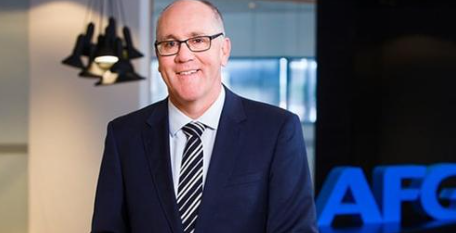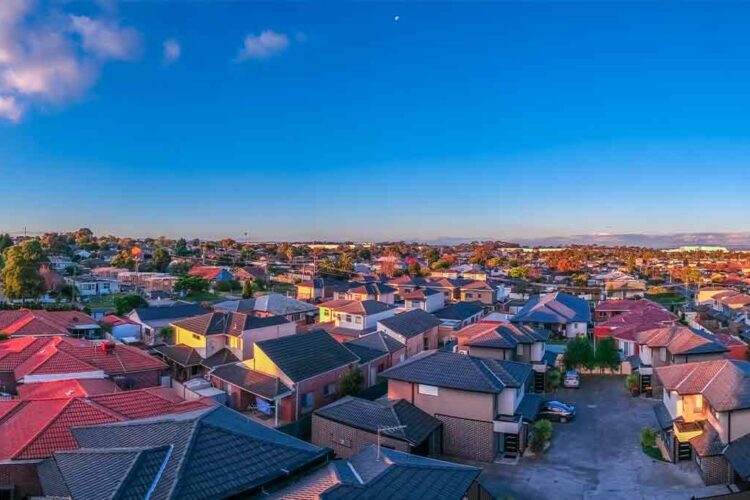A lot of Australians have the goal of amassing a small property investment portfolio. Yet many do not, instead focusing their savings elsewhere and looking just to pay off their primary residence. That goal, however, can sometimes be achieved faster with the help of an investment property.
In a recent episode of the Smart Property Investment Show, host Phil Tarrant and Eva Loisance from Finni Mortgages discussed how these so-called “accidental investors” are made.
As Mr Tarrant highlighted, owning your own home is still the foundation of the great Australian dream for many. But the majority of Australians only own one or two properties, with a small percentage owning six or more investment properties.
For those looking to pay off their principal residence, even if they don’t want to invest, it can help them to get into the investing mindset to ensure they get to the end goal as quickly as possible.
Mr Tarrant and Ms Louisance emphasised the importance of not overlooking the interest rate on the loan for your principal place of residence. While investors may constantly monitor their interest rates, owner-occupiers often neglect to do so.
Ms Louisance shared a case study that started with a call from an owner-occupier who was simply looking to get a lower rate on the mortgage for the property he owns and lives in with his wife. That’s a great step for getting a property paid off as fast as possible, but what the couple learned through embarking on refinancing is that there are other ways to hasten the process.
The couple approached Finni Mortgages with the goal of paying off their mortgage faster, with $335,000 yet to pay down in a home they had held for a number of years. They had no interest in investing in property initially but were open to exploring options to achieve their goal.
The couple had never refinanced their mortgage, and their interest rate was relatively high. Ms Louisance helped them refinance their loan, securing a lower interest rate of 5.59 per cent compared to their previous rate of 6.24 per cent. In addition to refinancing, Ms Louisance recommended a few strategies to accelerate the mortgage repayment.
First, she adjusted the loan term from 17 years to 15 years, which would save them two years’ worth of mortgage repayments. They also switched to weekly repayments instead of monthly repayments, reducing the interest paid over time. Furthermore, an extra $30 per week was added to their repayments, helping them pay down the debt even faster.
Ms Louisance introduced the idea of incorporating the acquisition of an investment property into this process, showing how it could allow them to get debt-free on their primary property in 10 years.
After consulting with their accountant and realising they could leverage the equity in their home, they decided to purchase an investment property in Perth, valued at $350,000.
To finance the purchase, Ms Louisance structured a separate loan of $90,000, secured against their principal place of residence. This allowed the couple to keep their home loan and investment loan separate, with the investment loan classified as tax-deductible debt. The investment loan was set up with a 10-year interest-only period, providing flexibility and ease of repayment.
It’s worth noting that not all lenders offer a 10-year interest-only period for investment loans. In this case, Ms Louisance secured the loan through Virgin Money. By leveraging the equity in their home and utilising interest-only repayments, the couple could focus on paying down their principal place of residence while letting the investment property potentially grow in value. In 10 years they may choose to sell the investment, using the passive income earned to tie things up with their primary mortgage.
Accruing an investment property might not be right for everyone who is trying to pay down their home. But as Mr Tarrant emphasises, it’s important to consider all the strategies if owning your home outright is the goal and to find the process that works best for you.


